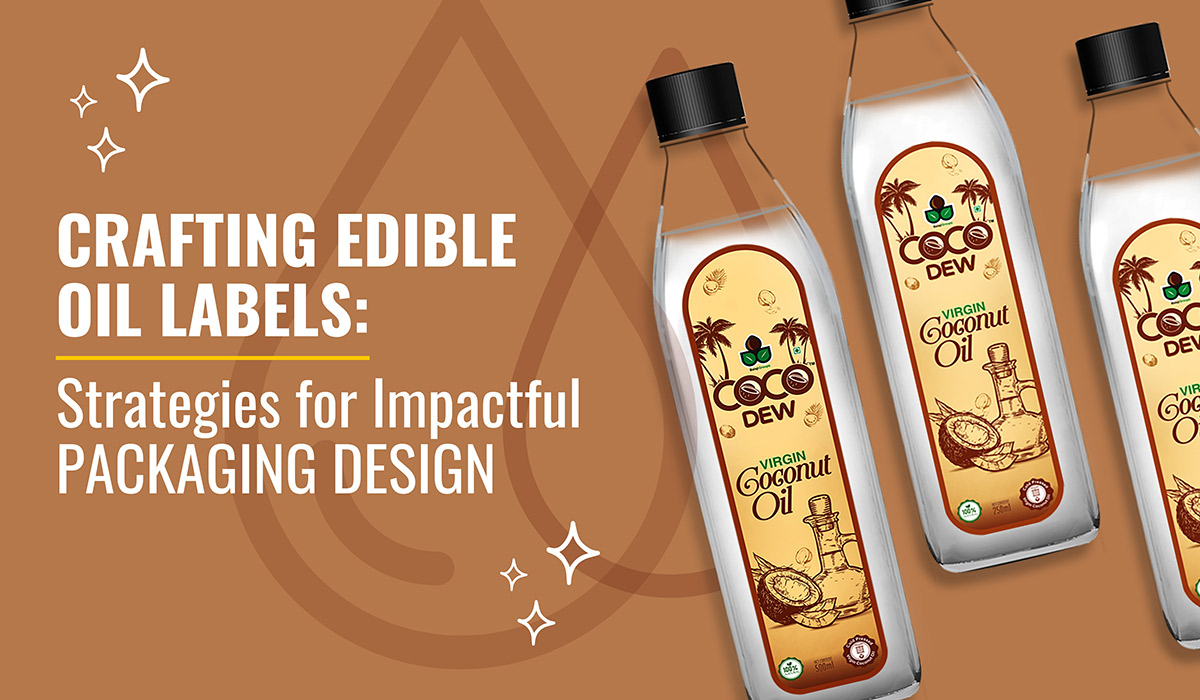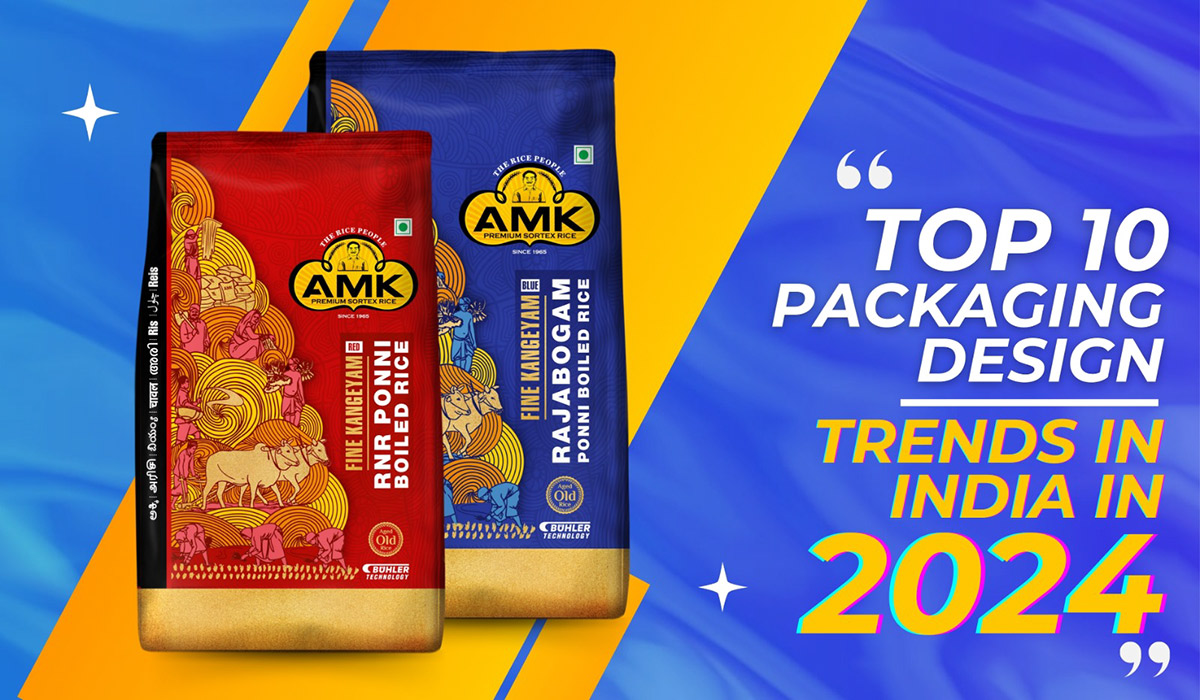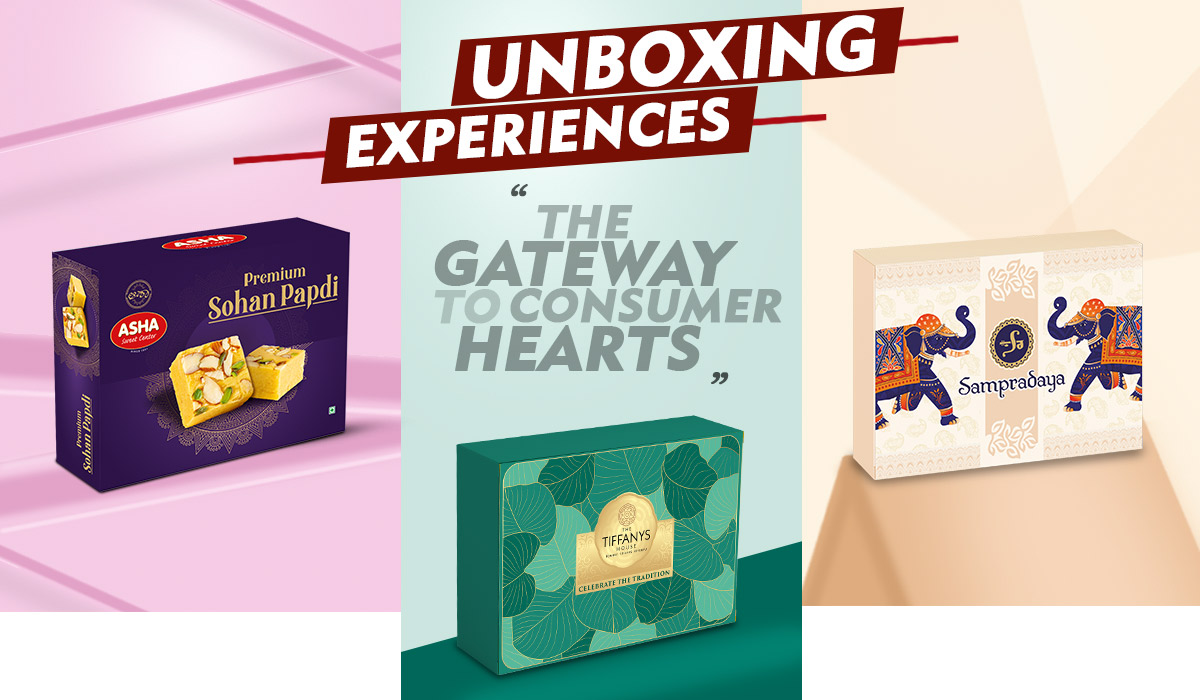
Retro Packaging and the Power of Minimalism
Retro Packaging and the Power of Minimalism
In the ever-evolving landscape of consumer goods, packaging design plays a pivotal role in capturing attention, conveying brand messaging, and influencing purchasing decisions. However, amidst the myriad myths and misconceptions surrounding packaging design, one truth stands tall: the significance of minimalistic design in today’s world.
Let’s journey back to the 1950s, a time when the packaging industry for B2C markets was vastly different from what we see today. Bold, flashy designs adorned the shelves, competing for consumers’ attention in a visually cluttered environment. Packaging was often excessive, aiming to impress with elaborate graphics and extravagant details. While this approach may have served its purpose in an era of limited options and novelty-driven consumer behaviour, it’s a stark contrast to the minimalist ethos that dominates today’s marketplace.
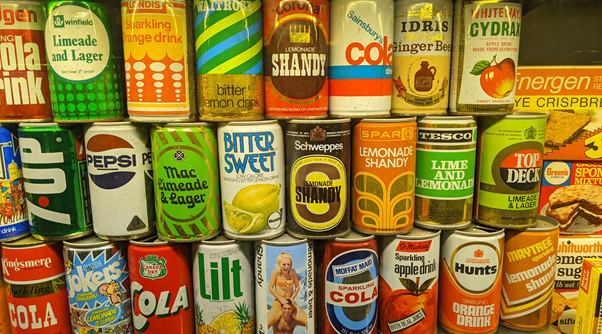
Glass bottles, once ubiquitous in households, continue to hold a special place in our hearts and homes. From repurposed Horlicks bottles serving as vessels for storing lentils to cherished packaging boxes passed down through generations, these relics evoke a sense of nostalgia and tradition, connecting us to our heritage in a tangible way.

The transition from lithography to modern techniques heralded a monumental shift in how we preserve and present our goods. From the early days of lithographic prints on paper and glass, to the advent of plastics in the mid-20th century, and now, a resurgence of interest in eco-friendly materials, the journey of packaging is as dynamic as it is fascinating.
Fast forward to 2024, and we witness a paradigm shift in packaging design philosophy. The rise of minimalism has revolutionized the industry, with brands embracing simplicity, elegance, and functionality in their packaging. Clean lines, muted colors, and uncluttered layouts have become the hallmark of modern packaging design, reflecting a shift towards a more mindful and sustainable consumer mindset.
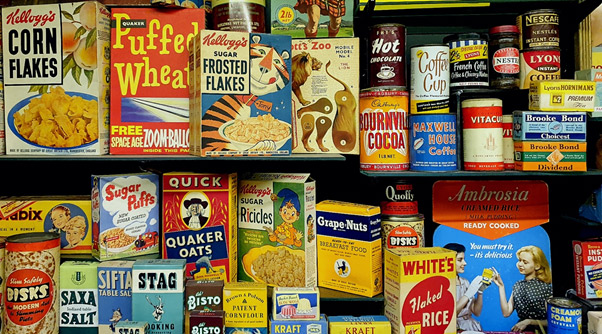
But why the shift towards minimalism? One reason lies in the phenomenon of impulse buying and its inherent disadvantages. In a world inundated with choices and distractions, consumers are increasingly susceptible to impulse purchases driven by flashy packaging or persuasive marketing tactics. However, such impulsive decisions often lead to buyer’s remorse, as consumers realize that the product fails to meet their expectations or provide genuine value.
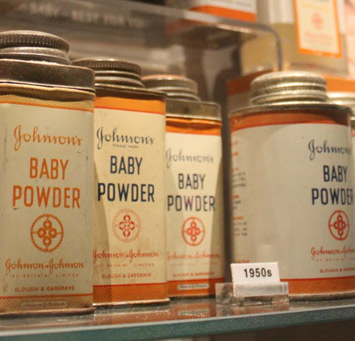
Enter the tactics employed by market players to trap unsuspecting customers. From deceptive labeling to exaggerated claims, brands may resort to manipulative tactics to entice consumers into making impulse purchases. In such a landscape, it’s crucial for consumers to exercise discernment and adopt informed decision-making practices when confronted with a product on the shelf, especially when it comes to food products and grains.
So, what should customers do when faced with a plethora of choices? The answer lies in understanding how to read labels effectively. By deciphering ingredient lists, nutritional information, and certifications, consumers can make informed choices that align with their values and preferences. Moreover, they should look beyond superficial attributes and delve deeper into the brand’s ethos, values, and commitment to quality and sustainability.
At DesignTheme, we recognize the pivotal role of packaging design in shaping consumer perceptions and driving purchasing decisions. Our approach goes beyond the mere aesthetics of design; we strive to create marketing strategies that resonate with consumers on a deeper level. By showcasing not just what we sell but who we are and what we stand for, we build trust and foster meaningful connections with our audience.
In conclusion, as the packaging industry continues to evolve, embracing minimalism and transparency is key to navigating the modern marketplace. By understanding consumer behaviour, empowering consumers with knowledge, and embracing authenticity in branding and communication, we pave the way for a more conscientious and sustainable future.

